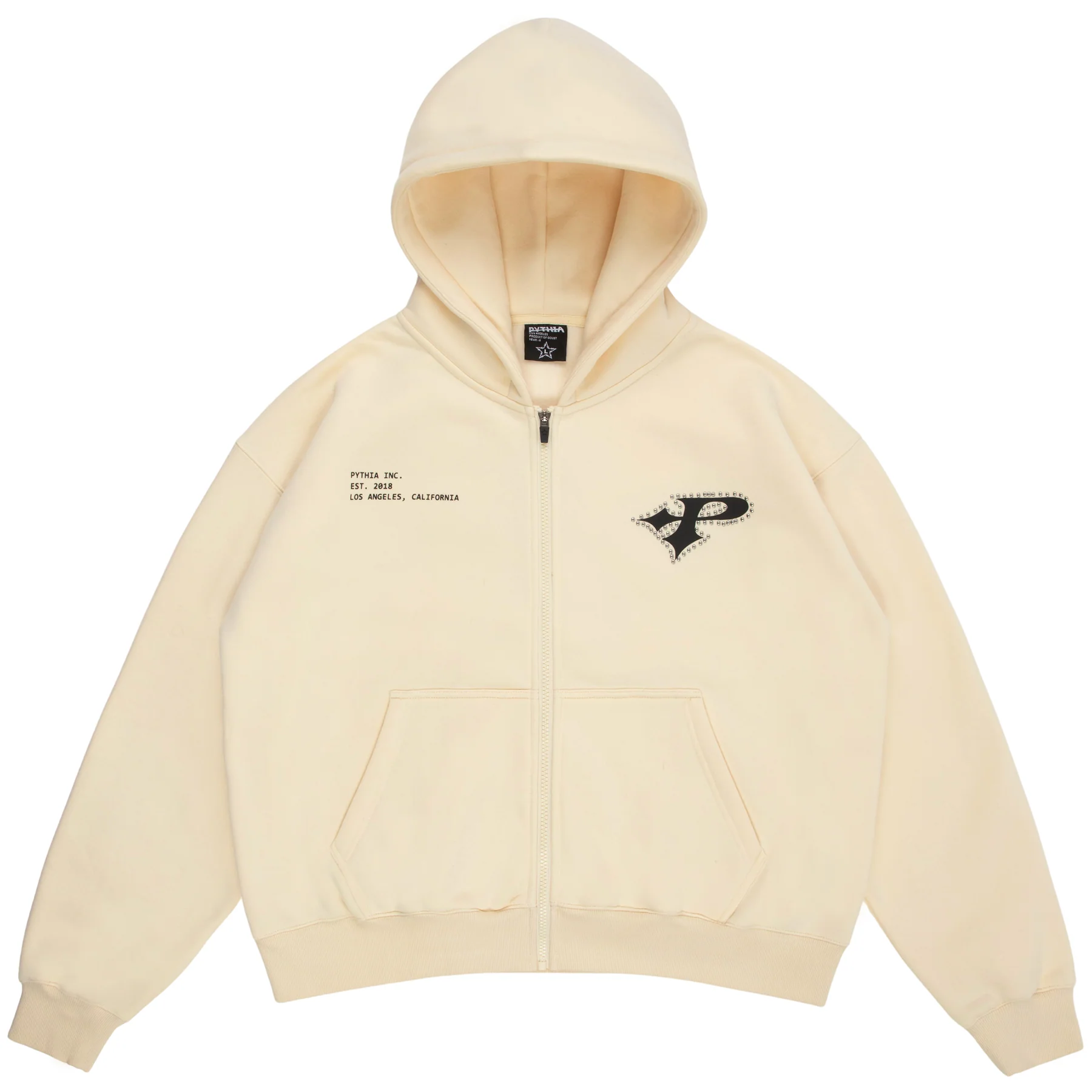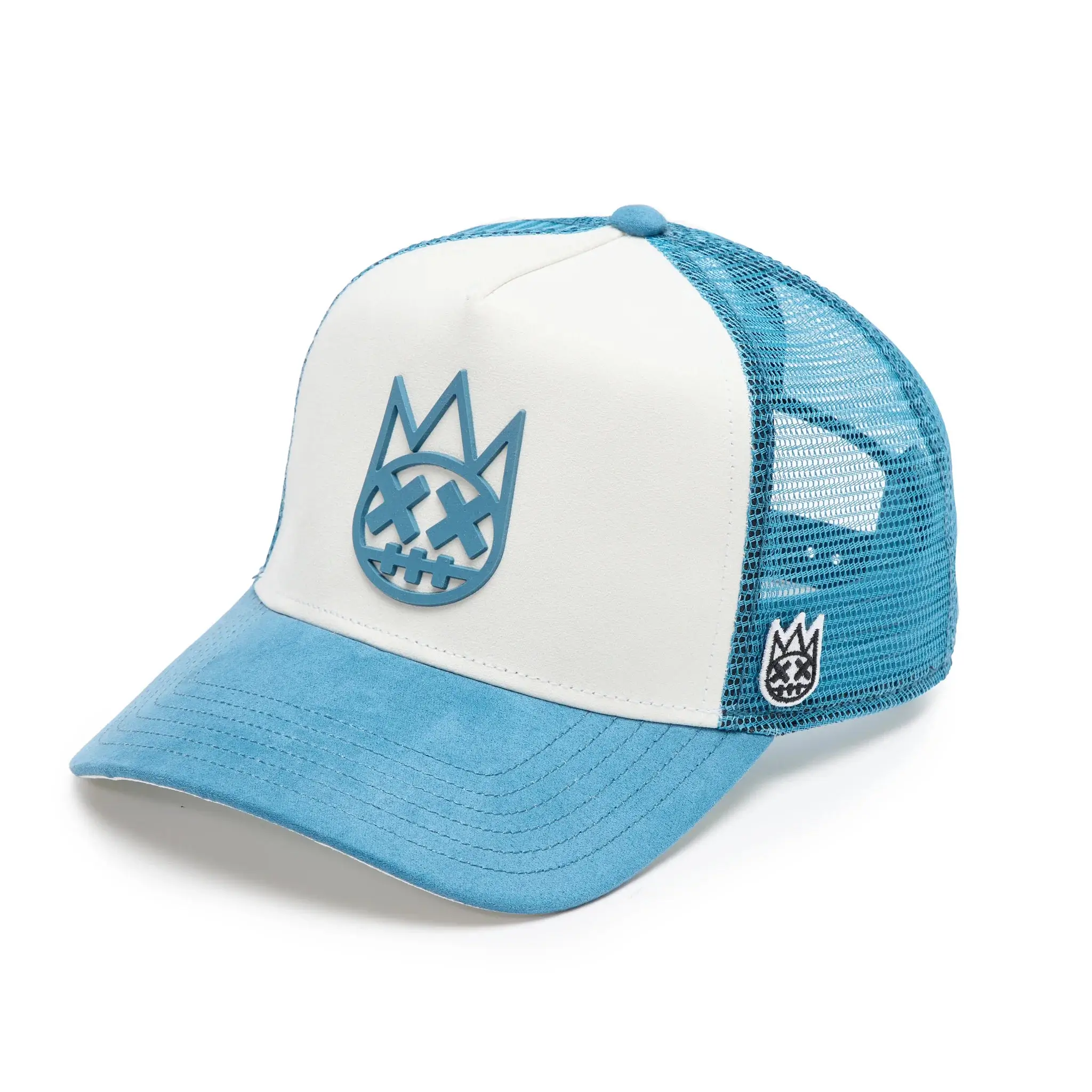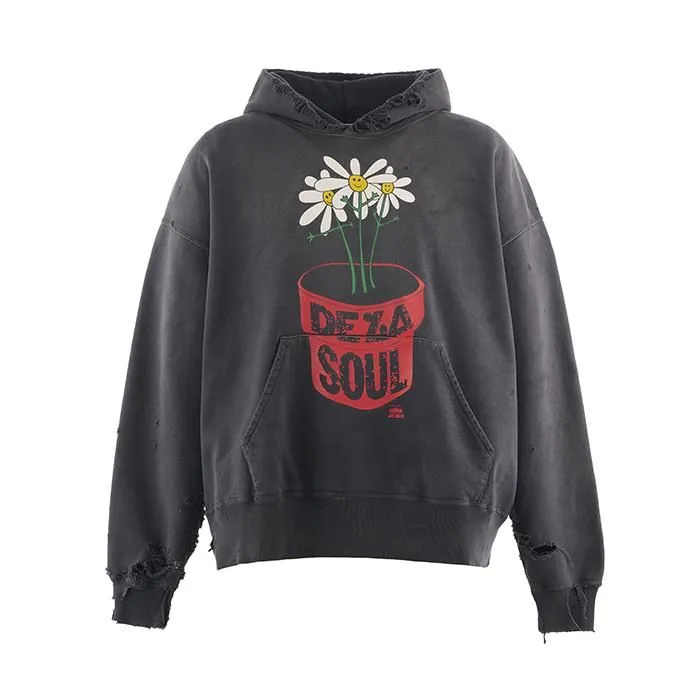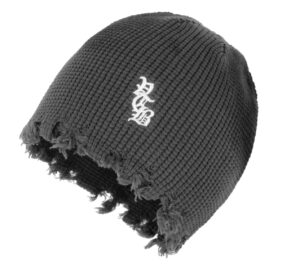Some photographs are portraits. Others are prophecy. And then there are images like the 1976 outtake of Debbie Harry, taken by Chris Stein for Punk Magazine in New York City—images that crystallize the mythology of a movement in a single frame. She is at once feral and ethereal, a frontwoman who made punk both savage and cinematic. With cobwebs across her body and a predator’s stillness in her eyes, Harry didn’t just pose—she performed an era.
The image, long buried in outtake reels but now surfaced as a totem of punk visual language, captures a moment on the brink: downtown New York still raw and guttural, punk still half-mocking itself, and Debbie Harry ascending into the cultural consciousness—not only as the face of Blondie, but as a prism through which America would come to understand the aesthetic potential of rebellion.
Shot by her bandmate, creative partner, and then-lover Chris Stein, this outtake never ran in Punk Magazine’s final centerfold, but it echoes louder today than ever before. To revisit it is to touch the connective tissue between music, fashion, art, and gender politics—wrapped in spiderwebs, smeared in eyeliner, and seething with intention.
Punk Wasn’t a Sound. It Was a Posture.
In 1976, punk in New York wasn’t yet codified. It didn’t have a uniform, a label, or a definitive sound. What it had was a shared vocabulary of resistance—against polished stadium rock, against corporate art, against suburban safety. It was a movement in search of its face. Debbie Harry gave it one.
In this outtake, she doesn’t look like she’s trying to be “punk.” She looks like she was born from a CBGB speaker, baptized in beer and hairspray, and crawled out of a Lower East Side tenement like a rock ‘n’ roll banshee. Her gaze dares you to look away, and you can’t. There are cobwebs across her bare shoulders—not costume, but metaphor. She’s the spider and the prey. She’s the femme fatale and the frontwoman. In this shot, she represents what punk would become: seductive, slippery, self-aware.
The Punk Magazine Era: A DIY Gospel
Punk Magazine, launched in 1975 by John Holmstrom, Ged Dunn, and Legs McNeil, was the print zine that named the movement. It was messy, irreverent, photocopied brilliance. Every page sneered at authority, and every photoshoot played like a sketch from a warped comic book.
Debbie Harry, already a staple at CBGB and Max’s Kansas City, was Punk’s ideal subject—a contradiction in fishnets. She had model looks but sang with a switchblade snarl. She’d croon like a ‘60s girl-group angel, then twist into postmodern madness. By 1976, she was already redefining what it meant to be a woman on a mic—not begging for approval, but taunting you to misunderstand her.
Chris Stein’s camera understood that tension. The centerfold shoot wasn’t just cheesecake; it was anti-pinup, a punk Warhol factory fantasy gone nocturnal. The cobwebs weren’t kitsch—they were commentary. What does it mean to be caught in someone else’s gaze? And what happens when you turn it back on them?
Cobwebs and Gendered Power
To view this outtake in 2025 is to view it with all the accrued politics of the last five decades. Debbie Harry’s cobweb-covered body, draped like a living shrine to both seduction and self-possession, reads now as a feminist provocation. It evokes the horror heroines of B-movies, the femme fatales of noir, the goddesses of mythology—while undermining them all.
She’s not passive. She’s posing on her terms. The webs don’t trap her—they trail behind her like stage smoke. In the 1970s, women in rock were either muses or anomalies. Debbie Harry said no to both roles. She was the main character, always.
This image disrupts the male gaze not by avoiding it, but by swallowing it whole. She dares you to desire her, but she keeps the power. It’s performance as protest. It’s sexuality as strategy.
Chris Stein’s Lens: More Than a Bandmate
Chris Stein, co-founder of Blondie and longtime creative collaborator with Harry, wasn’t just a photographer pointing and shooting. His images—intimate, unvarnished, often slightly surreal—formed part of Blondie’s visual mythology. He understood how to capture her not just as a singer, but as a symbol.
This outtake feels like a photographic jam session—not posed, but conjured. The lighting is raw, the texture immediate. There’s no gloss. That was the point. Where most band imagery of the time was stylized into sellable branding, this shot insists on atmosphere over advertisement.
It’s punk at its most cinematic: grainy, eerie, precise in its imperfection.
Fashion’s Future in a Single Frame
The cultural echo of this image is nowhere more evident than in the fashion world. Designers from Hedi Slimane to Vivienne Westwood, Rei Kawakubo to Marc Jacobs have all paid homage—directly or indirectly—to Debbie Harry’s punk archetype.
What she wore in the clubs of Manhattan eventually strutted down runways in Paris. Leopard prints, torn denim, dark roots, red lips, and high-heeled menace—all present in this outtake—became the uniform of countless collections. The image of a spiderweb-draped Debbie Harry became a blueprint for the romantic rebel, the glam nihilist, the woman who doesn’t soften to survive.
It’s not just nostalgia. It’s prophecy. This is the past imagining the future—and getting it right.
Blondie, Beyond Genre
Though born in the punk scene, Blondie was never confined by it. Their music morphed across genres: disco, reggae, new wave, rap. Debbie Harry didn’t anchor herself to punk dogma—she expanded punk’s boundaries by refusing limitation.
That genre fluidity is also present in the photograph. It doesn’t lock her into a moment; it opens possibilities. She could be in a horror movie, a fashion editorial, a dream sequence. She isn’t just a punk icon. She’s a medium.
And yet, despite her later chart-topping success, she never abandoned the punk spirit: DIY ethics, radical style, and lyrical subversion. This outtake is not a before or after. It’s an always.
From Downtown to Iconography
Today, Debbie Harry is more than a musician or an actress. She’s a visual language, a mood board, a screenprint, a style archetype. The 1976 outtake—never intended for mass circulation—has become the DNA of that iconography.
You see it in modern editorials, in music videos, in Met Gala looks, in drag performances, in feminist manifestos. You feel it in the way artists speak about autonomy, image, and fame. She wasn’t a symbol because she tried to be. She became one because she refused containment.
Impression
To revisit this image nearly 50 years later is to stand at the intersection of memory and myth. It’s not just about punk. It’s about power. It’s about gender. It’s about refusing to be easy to read.
No comments yet.









